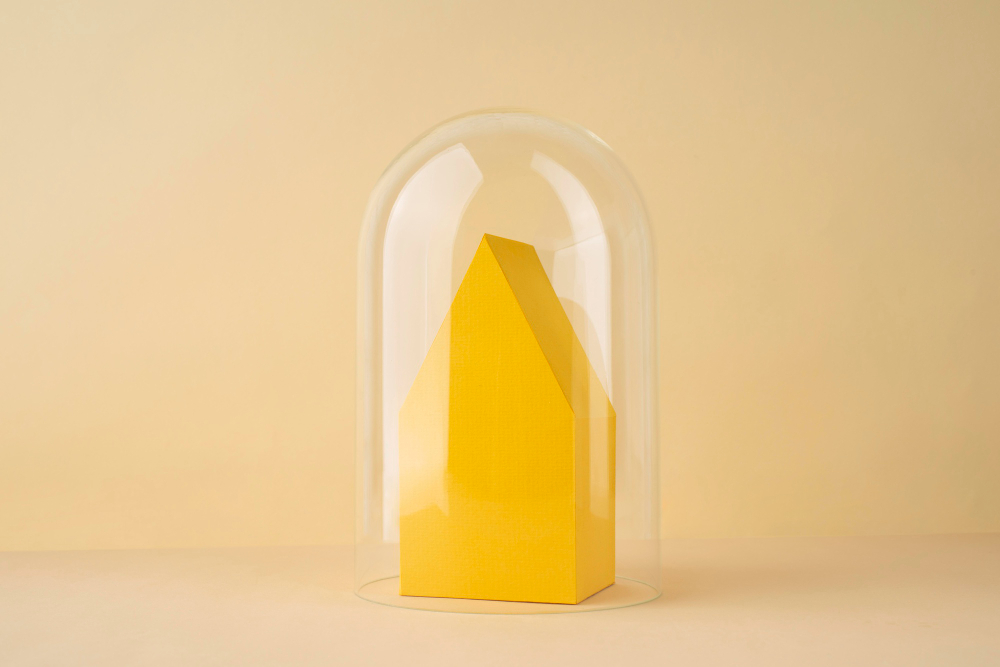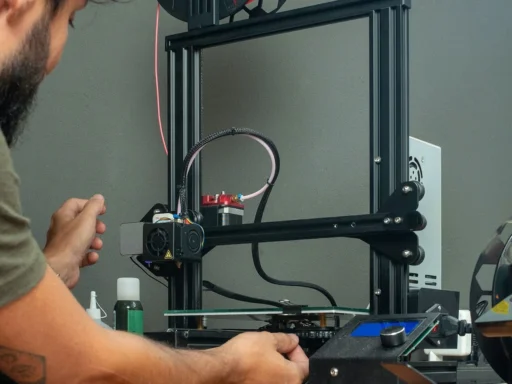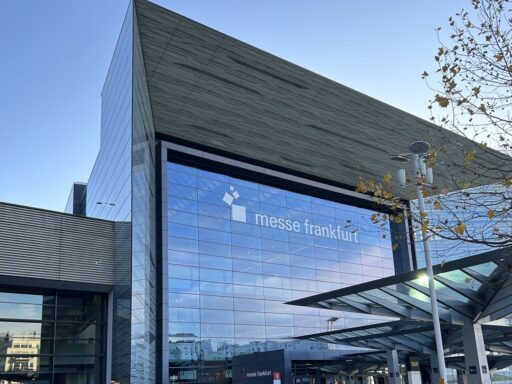3dpod, Japan’s first 3D-printed earthquake-resilient structure, took the spotlight at the 18th Edition of the International Architecture Awards, hosted by The Chicago Athenaeum. The innovation is the project of Obayashi Corporation, one of the country’s top general contractors, designed by architects Marco Capitanio and Akito Masumura. The building is the first of its kind to get ministerial certification and a building permit in Japan. The project showcases the exciting potential of 3D printing in construction in earthquake-prone regions.
While fully committed to meeting Japan’s stringent building regulations, the team behind the 3dpod initiative managed to do without using traditional reinforcements like steel frames or reinforcing bars. Instead, all structural components above ground were 3D printed, highlighting the method’s flexibility, both aesthetic and functional. The pod-like shape optimizes interior space while minimizing material usage, balancing technical printing constraints and site limitations.
The building’s multi-layered walls integrate load-bearing structures, insulation, and systems for radiant heating and cooling, all 3D printed simultaneously. The process also reduces construction time and material waste by combining tasks.
A robotic printer fabricated the mortar formwork on-site, with the 3D printer later positioned on the roof slab to complete the building. Despite its advanced technology, 3dpod retains a handcrafted quality, with rough textures that evoke a sense of warmth. By receiving this prestigious architectural award, Obayashi continues to push 3D printing’s potential to address labor shortages, boost sustainability, and meet remote construction challenges.








